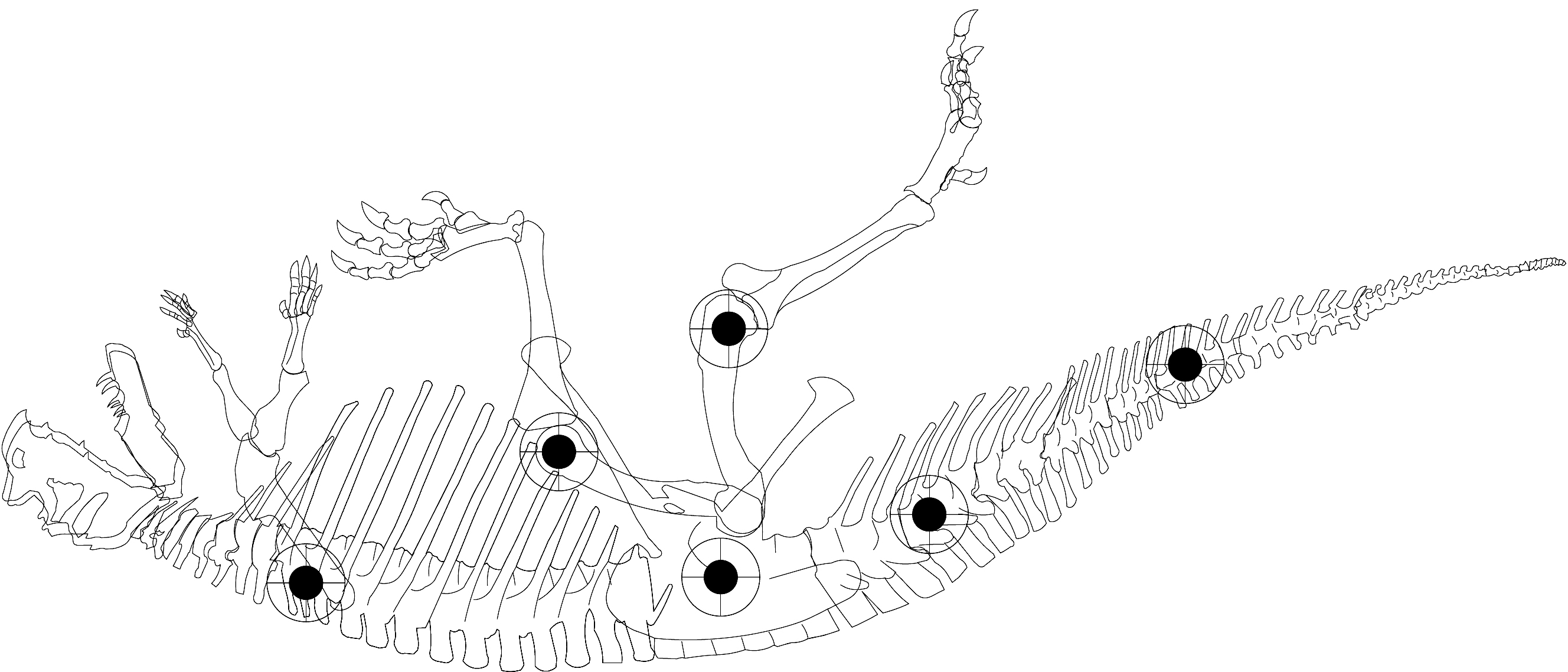
Top Theropod of Its Time

Giant sauropods were closely related to predatory carnivorous dinosaurs called theropods. In the Jurassic, around 150 million years ago, one of the largest theropods was Allosaurus, reaching 30 feet long and weighing at least a ton. Allosaurus had large hands and claws and a lightweight skull. All dinosaurs laid shelled eggs of various shapes—both spherical and ovoid—and the biggest might top 10 inches long. Many dinosaurs probably incubated their eggs in nests of dirt and vegetation on the ground, as modern crocodilians and some birds do today. In this mural, crocodile relative Macelognathus raids an Allosaurus nest to capture a hatchling.

Excavated from a Colorado quarry in the late 19th century, this was the first nearly complete skeleton of Allosaurus fragilis ever found, and it’s been among the most studied specimens.

An Allosaurus fragilis egg

The smaller theropod Ceratosaurus nasicornis had horny projections above each eye. This “type specimen” (meaning the one that scientists first used to describe a species) came from the same quarry as our Allosaurus.